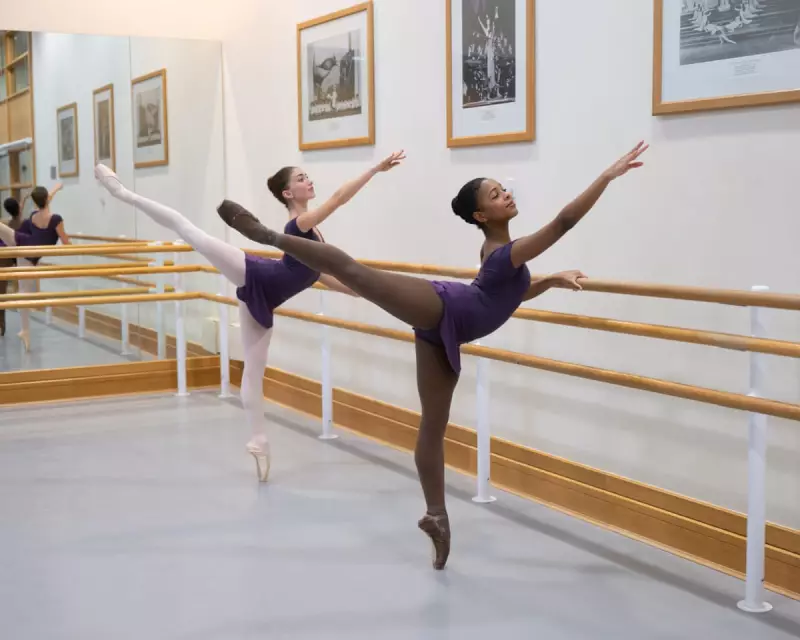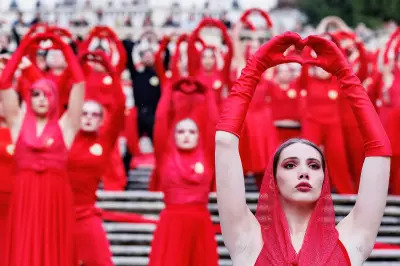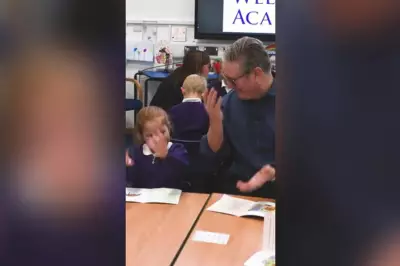
In a landmark move that's sending ripples through the world of classical dance, The Royal Ballet School is dramatically overhauling its centuries-old training methods. The prestigious institution, long regarded as the guardian of ballet tradition, is embracing a revolutionary approach designed to nurture dancers who are both artistically exceptional and physically resilient.
The End of an Era: Abandoning Rigid Traditions
For generations, the School's methods remained largely unchanged, adhering strictly to techniques passed down through ballet history. Now, under the leadership of Director Christopher Powney, the institution is implementing sweeping changes that challenge these very foundations.
The reforms include:
- Eliminating the traditional practice of training exclusively in turned-out positions
- Introducing contemporary dance techniques alongside classical training
- Focusing on individual body mechanics rather than one-size-fits-all approaches
- Incorporating injury prevention and physical resilience into daily practice
Why Now? The Driving Forces Behind the Change
"The world of dance has evolved, and our training must evolve with it," explains Powney. "We're creating dancers who need to be versatile, resilient, and prepared for the physical demands of both classical and contemporary repertoire."
The shift comes in response to growing concerns about dancer welfare and the changing landscape of professional ballet. Companies increasingly seek performers who can move seamlessly between classical productions and modern works, requiring a more diverse skill set than traditional training provides.
A New Vision for Ballet Education
At the heart of these changes lies a fundamental rethinking of what constitutes excellent ballet training. Rather than treating all students as if they possess identical physical attributes, the new approach acknowledges individual differences and works with each dancer's unique physiology.
The School's innovative methods include:
- Biomechanical analysis to optimise each student's movement patterns
- Cross-training techniques borrowed from sports science
- Mental health and performance psychology support
- Nutritional guidance tailored to dancers' specific needs
Embracing the Future While Honouring the Past
Despite these radical changes, School leadership emphasises that they're not abandoning classical technique but rather enhancing it. "We're still producing dancers of the highest calibre who can perform the classical repertoire with technical excellence," assures Powney. "We're simply giving them more tools and making them stronger, more adaptable artists."
This bold reimagining of ballet education positions The Royal Ballet School at the forefront of dance training worldwide, potentially setting a new standard for how future generations of dancers will be prepared for the ever-evolving world of professional dance.





